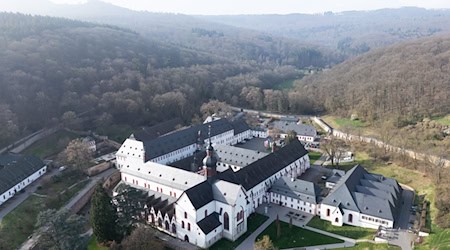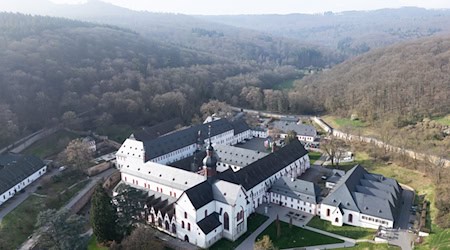Food from Saxony is safe. This is the central message from the annual report of the State Testing Institute (LUA), which was presented by Health Minister Petra Köpping (SPD) and the head of the authority Jens Albrecht in Dresden. The complaint rate for the almost 19,000 food samples examined was 16.8 percent. However, the majority of the complaints concerned incorrect labeling.
Proportion of harmful samples at only 0.17 percent
"The proportion of harmful samples remained at a low level of 0.17 percent, meaning that the safety of food, consumer goods and cosmetics was also ensured in Saxony last year," explained Albrecht. There were also no surprising findings in the other areas tested. Albrecht saw everything in the green zone.
Borrelia detected in 29 percent of common wood bucks
In the area of human medicine, the LUA focused on ticks last year. This was a continuation of a study conducted in 1997 and 2007. A total of 3,415 ticks were collected at 45 locations in recreational areas in Saxony and examined for pathogens. The common wood tick was found most frequently (80.9 percent). Borrelia was detected in 29.3 percent of the wood ticks.
The TBE virus (tick-borne encephalitis) was only detected in alluvial forest ticks in the district of North Saxony. There is a vaccination recommendation for this viral disease. However, only 19 percent of Saxons have been vaccinated against it. Lyme disease, on the other hand, is a bacterial disease for which there is no vaccine.
First ALS virus in ticks in Saxony
The ALS virus (Alongshan virus) known from Asia was detected for the first time in Saxony - in four wood ticks in three districts. No cases of the disease have been reported, but a number of unreported cases cannot be ruled out, it was said. The symptoms are similar to those of flu: fever, headache and aching limbs. However, the course of the disease is rarely severe.
"In Germany and Saxony, the tick fauna has changed significantly in recent years due to climate change. This particularly affects the species composition, tick density, activity times, development and hibernation periods as well as the survival rate," said the LUA. A change in these factors is also likely to have an impact on the occurrence of tick-borne pathogens.
Nearly 500 people work at the LUA
Köpping praised the work of the LUA. Their work and scientific expertise are indispensable for the health of humans and animals. "As the state laboratory for Saxony, the LUA plays a very important role in the health and consumer protection of the citizens of Saxony."
The State Laboratory has just under 500 employees, divided into 420 positions. 70 percent of the employees are women. The proportion of scientific staff is 30 percent. The authority is present in the cities of Chemnitz, Dresden and Leipzig. It has two locations in Dresden. The LUA checks around one million samples every year. A large proportion of these concern milk.
Copyright 2025, dpa (www.dpa.de). All rights reserved










